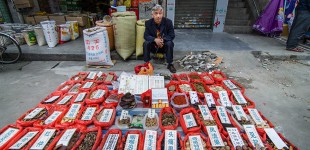吉姆 JIM HOFMAN | Photography Faces & places in China
Posts Tagged ‘China’
I found our money…
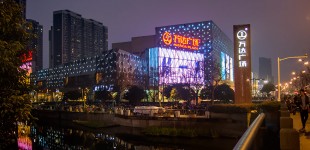
Yep – it’s all here. At the Wanda Plaza mall in Ningbo. This extremely upscale mall looks like it came straight from any major city in the US. Caution – rant ahead.
Departures – New T3 Terminal at Shenzhen Airport
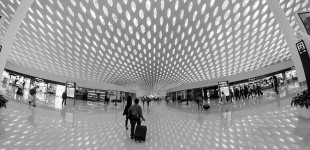
In December I photographed the 1 week old Shenzhen Terminal 3 arrivals hall because I had flown into the airport from Ningbo. Last week I departed from the airport so I could photograph the departures hall (and get to Ningbo). It was more spectacular than the arrivals areas because of the expansive perforated ceiling.
Qingxi Streets

Yet another weekend layover in Qingxi gave me some time at the central market for street photos. A very photogenic place if you can handle the smells.
Yangjiang Streets V1
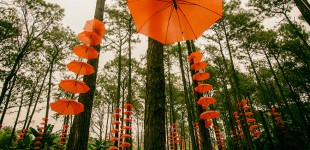
I’m making two passes through Yangjiang on this trip. These are photos from pass number one.
Shanghai & Ningbo in February
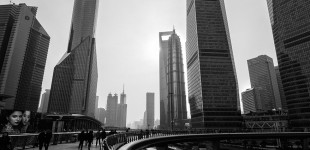
I only had one day to cruise around Pudong and grab a few shots. It was nice to hit the streets after a particularly brutal Minnesota winter. Just walking around the city was a treat after hibernating for the last 3 months.
On the streets
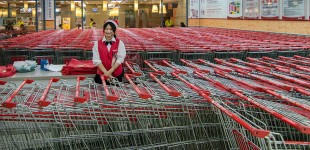
This hasn’t been a great trip for street photos because of the weather and a busy schedule. I got out for a few hours in Yangjiang to take these shots.
Arrivals – New T3 Terminal at Shenzhen Airport
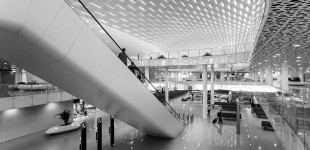
I flew into the new (1 week old) T3 terminal yesterday and took some photos before the building becomes too dog-eared. It’s a beautiful structure with some unique repeating patterns. I watched this terminal being built over the last few years and was pretty excited about getting inside to see the results. I wasn’t disappointed.
Faces & Places in China – The Video
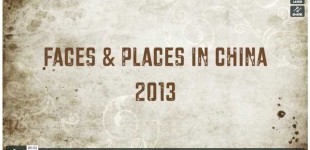
I’ve compiled the “Greatest Hits of 2013” into a five minute video along with some pithy commentary.
Photo Dim Sum

Dim sum refers to a style of Cantonese food prepared as small bite-sized or individual portions of food traditionally served in small steamer baskets or on small plates. This is photo dim sum. The menu today is a handful of semi-unrelated bite-sized portions.
Brides on the Beach

I went to the beach on Saturday and witnessed an interesting phenomena. One of the most popular locations for wedding photos is seaside. I know a lot about Chinese wedding photography now because my friend Mike just got married in China and he went through this drill.
Extreme Fashion in China
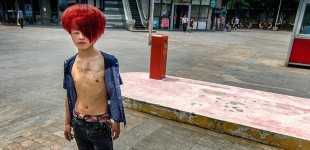
“Fashion is a form of ugliness so intolerable that we have to alter it every six months.”
Oscar Wilde
Wholesale Food in Shenzhen
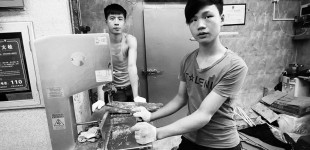
Ordinarily I wouldn’t write a post about wholesale food, but it was actually an interesting adventure. Some friends needed to stock-up on meat and invited me to go to a huge restaurant wholesale market in Shenzhen.
Night Light
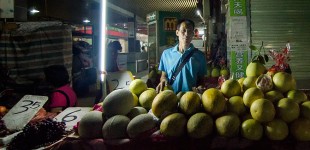
Photography is all about capturing light. At night most modern cameras struggle because digital sensors don’t perform well in low light conditions. My current Nikon D7000 does a great job during the day and in the studio – where there’s light. Not so much at night.
China Tech

I’m amazed at how technology is taking over people’s lives in China, much in the same way it has in the US. The boys in China are glued to smart phones and computer screens just like in the US. Their faces are illuminated by the dim glow from games.
Yangjiang Street Photos
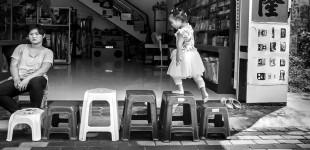
Everytime I come to Yangjiang I take a very long walk through the city. The same path each time. Each time I see totally different sites and people. It’s never the same twice.
Another Hong Kong Jet Lag Photo Walk
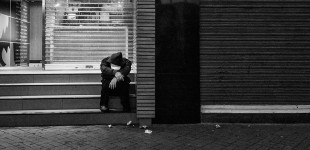
I’ll have to admit – I don’t remember taking these photos. I landed at HKG at 10PM. Got to my hotel in Kowloon at midnight. Slept for about 4 hours, then woke up and walked down to the harbor to take some early morning photos.
Made in China
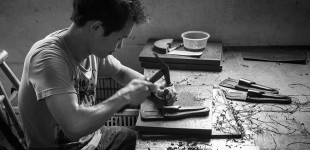
I take a lot of factory tours in China. That’s my job. I do it for many reasons, including learning about how things are manufactured so I can become a better designer. I also take photos…
Creep Photography?
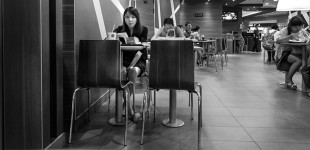
There’s probably a very fine line between street photography and creep photography.
Shanghai at Night
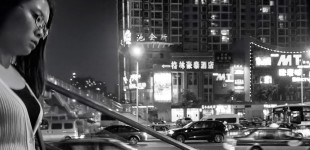
I’m at the tail end of another trip and have an extra day to kill in Shanghai. Last night I wandered the neighborhood in Pudong taking a few night shots with the P7700. It takes a little processing to get the noise out, but after a while I started liking the grainy quality. A retro Tri-X Pan black & white vibe.
Street Photos – Qingxi

Photographers are notorious for being poor judges of their own work. Selecting good from bad can be torture. What constitutes a good image is different for different people.
Stop – Thief!
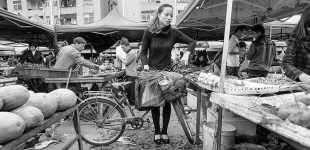
I’ve decided that being a street photographer is like being a thief. Most of my subjects don’t realize I’m taking their photograph, and before they know it – I’ve stolen a moment of their life. Approximately 1/200th of a second of their life is captured on a sensor about the size of my thumb.
HKIA II

Another evening killing time taking photos in the airport before I fly home. The combination of epic architecture, interesting people and “golden hour” lighting produced some interesting images.
Black & White

People often wonder why a photographer would eliminate color from a photograph. I make the decision to go monochrome if I feel the composition would be improved because the colors in a photo were no longer diverting the viewer’s eye around the photograph. When the image loses the dimension of color it simplifies the composition to a more graphic form.
